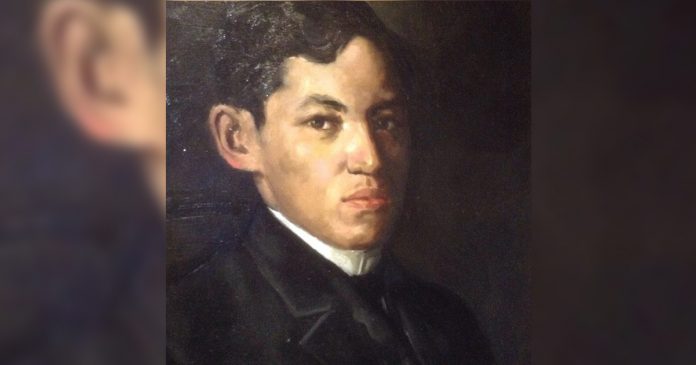
Kalibo, Aklan – The family of Aklanon legend Telesforo Sucgang, who is said to be the contemporary of Dr. Jose Rizal, wants to create a documentary of the artist’s life.
“There are still many things we do not know about Telesforo to which includes the whereabouts of his burial site,” said Rebecca Ocampo, a close relative of Sucgang.
Meanwhile, Jude Roland Ay-ay, curator of the Jose Rizal Museum in Intramuros, Manila, said Telesforo’s portrait of Rizal was the “most credible painting” of the national hero’s face.
“We do not know how Sucgang painted the image because according to our research, Rizal was travelling at the time when Sucgang started painting in Spain. Nevertheless, Sucgang’s painting of Rizal is currently valued around P2 billion but of course it is not for sale,” he added.
Sucgang reportedly hailed in Batan, Aklan and studied painting in Spain where he met Rizal. His other contemporaries include Felix Resurreccion Hidalgo and Juan Luna.
While in Madrid, Sucgang “painted two large historical pictures: the ‘El Desembarco de Magallanes,’ or The First Mass in the Philippines, in 1888, and ‘La Llegada de Legazpi y Urdaneta,” according to one of his relatives.
His other works during this period include ‘Estamos Salvados’ and ‘La Llegada del Correo Español en la Bahia de Manila’ in 1887. The latter was renamed Steamship Buenaventura.
During the revolution against Spain, Sucgang was appointed captain and, later on, commandant of the military administration headed by Martin Teofilo Delgado in Santa Barbara, Iloilo, as told by the former’s great grandson.
He wrote articles published in El Comercio and the Visayan papers El Porvenir de Visayas, El Panay, El Ilonguillo, and Revolucion.
In 1900, Sucgang founded the Instituto de Visayas in Jaro, Iloilo. Then in 1905, he built the Instituto Aklan in Kalibo and another school in Capiz between 1907 and 1911. In 1912, the artist founded the Colegio de Minerva in Manila, which lasted until his death in 1916./PN



